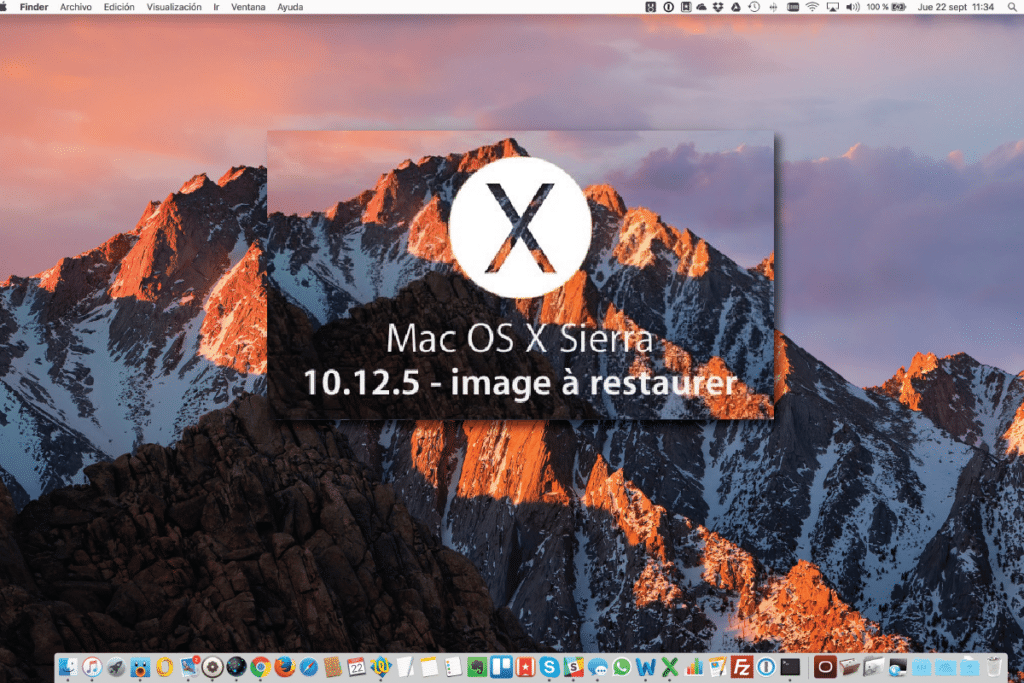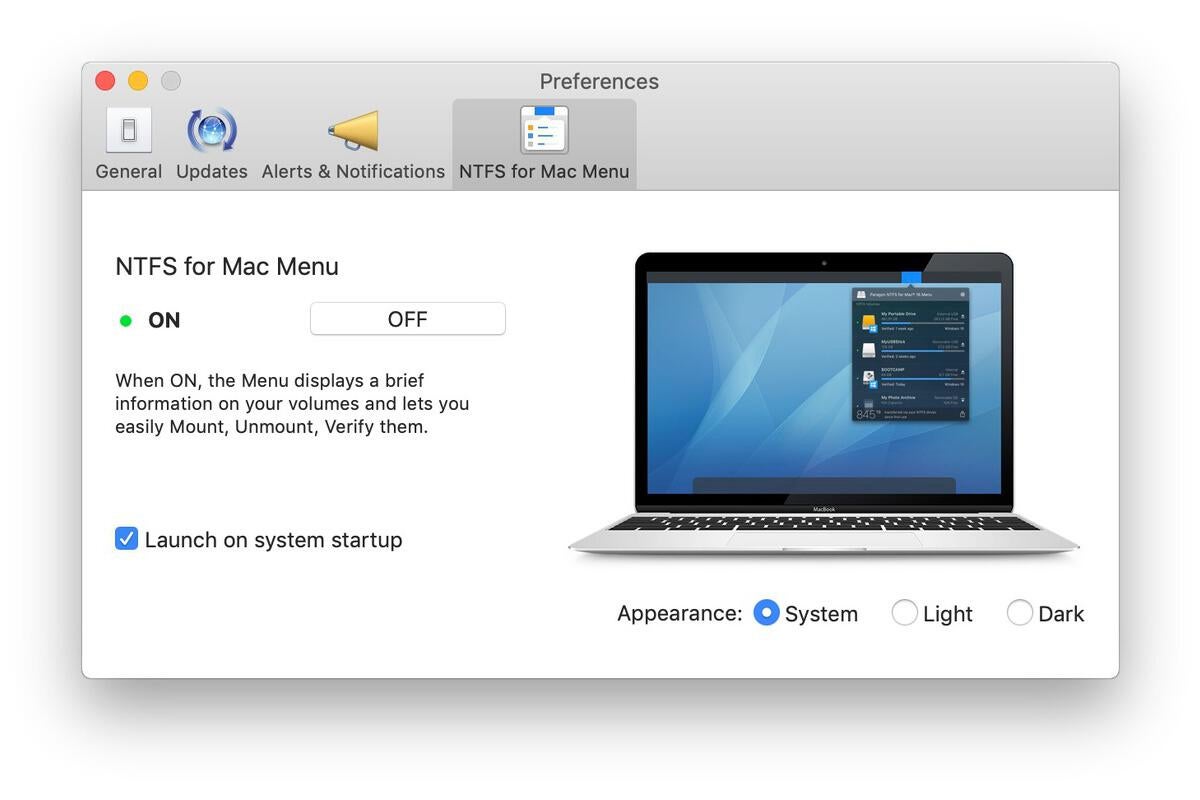


OS X NTFS SIERRA WINDOWS
But ordinary network access to and from an APFS drive won't be a problem because APFS supports the standard SMB network protocol used by Windows and everything else.ĭon't Panic Only developers need to worry about learning anything about APFS. In the same way, developers and others who dual-boot their Macs between Sierra and older versions of OS X won't be able to access an APFS partition from a partition running the current El Capitan or earlier versions.
OS X NTFS SIERRA DRIVER
Presumably Apple will provide that driver before APFS goes public.ġ0 Things You Need to Know About MacOS Sierra
OS X NTFS SIERRA MAC
If your Mac includes a Windows partition created by Apple's Boot Camp, you'll need a Windows driver that can read an APFS disk in the way that Apple provides a Windows driver that reads HFS+ disks. What About Drawbacks? With all these advantages, what are the gotchas to watch out for? The biggest one is compatibility.
OS X NTFS SIERRA UPGRADE
And if for some reason you intend to keep using your present Mac for the next 25 years, you'd better upgrade it to APFS before February 6, 2040, because the HFS+ file system won't be able to timestamp files after that date. Also, anyone who's ever waited impatiently for OS X to tell you how many megabytes are used by a folder will be glad to have APFS's "fast directory sizing" feature that keeps track of directory sizes on the fly. Optimized for Flash Other under-the-hood features include optimization for flash storage, in contrast with the technologies in HFS+ that were designed for spinning-platter disks.

(Older OS X versions already support sparse files, but in a clunky, developer-only way.) Also, thanks to its fast, built-in file handling, APFS promises sturdier safeguards against losing data in system crashes. APFS also builds in support for "sparse files"-files that don't fill all the allocated space on disk. Incidentally, Microsoft built similar features into its NTFS technology years ago, and Mac users will now be able to benefit from the same kind of fast "shadow copy" technology used by Windows backup software.īetter Space Allocation Other advantages of APFS disks include flexible space allocation, so that two APFS "disks" can borrow disk space from each other when they need it, and not be limited by the space allocated to them when they were created. You can expect Sierra's version of Apple's Time Machine feature to take advantage of the new system for faster performance and more fine-grained backups. APFS time-stamps files with one-nanosecond precision, and this feature, combined with the technology used in the new cloning feature makes it easier to store multiple versions of a file in a minimum of space. Nanosecond Precision, Better Backups Apple's current file system time-stamps files with one-second precision, not enough to keep track of file changes with today's hardware. (Don't worry: you can disable this feature if you want to.) This feature already works with current hardware, but should be faster with APFS disks. APFS can encrypt whole disks and individual files with separate keys for the file and its metadata, giving granular control that could, for example, let individual users modify the data in a file without access to a separately encrypted audit trail of the changes.ĪPFS also makes possible instant cloning of folders and drives, and this technology is clearly going to add speed to Sierra's built-in feature that automatically backs up to iCloud any files on your Desktop and in your Documents folder. Most notably, APFS uses integrated encryption instead of the essentially tacked-on encryption technique used by the existing OS X FileVault feature that slowly encrypts or decrypts an entire drive. Better Security, Instant Cloning Most users won't notice anything radically different about hardware with APFS on the hard disk, but a lot of subtle differences are hidden below the surface.


 0 kommentar(er)
0 kommentar(er)
